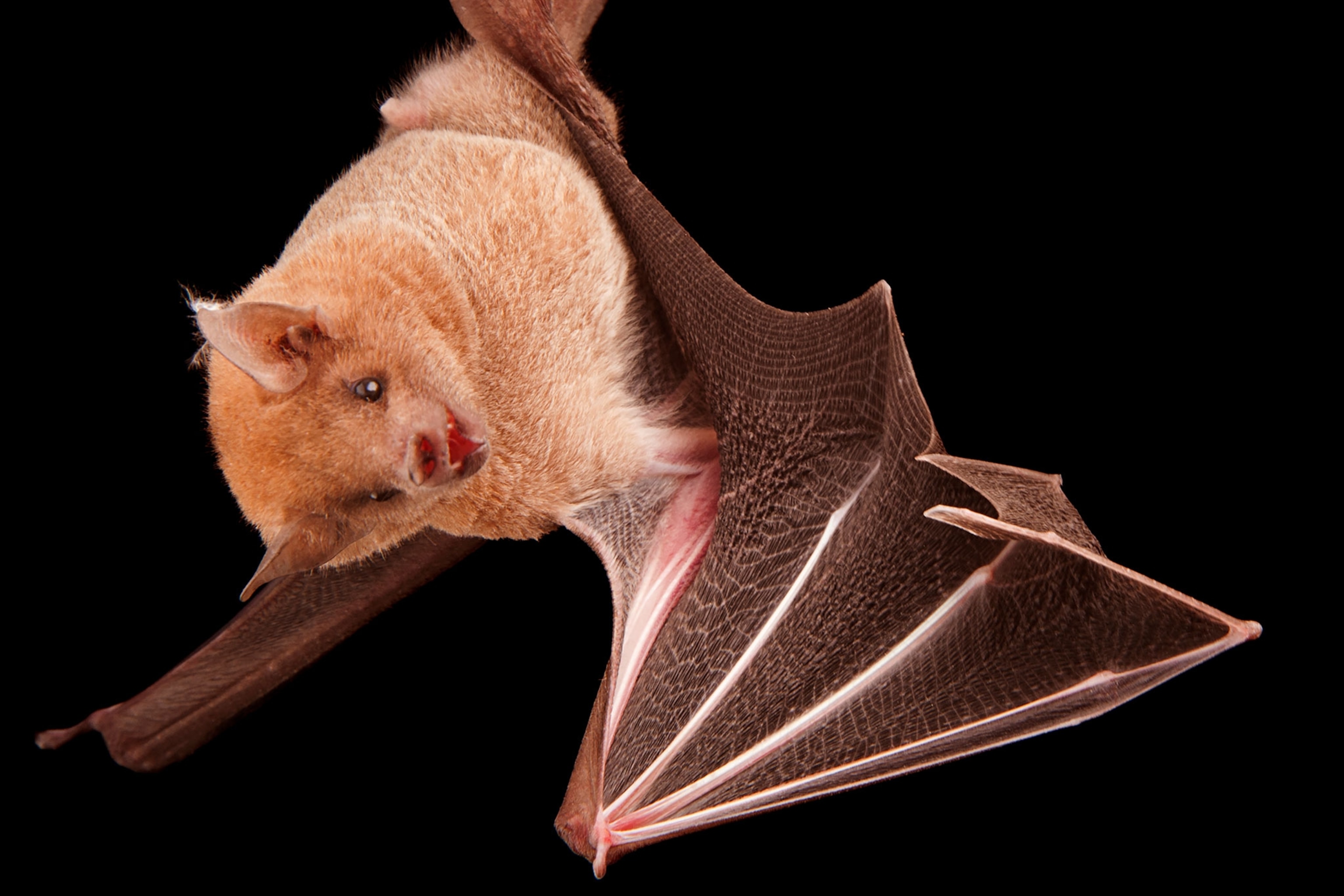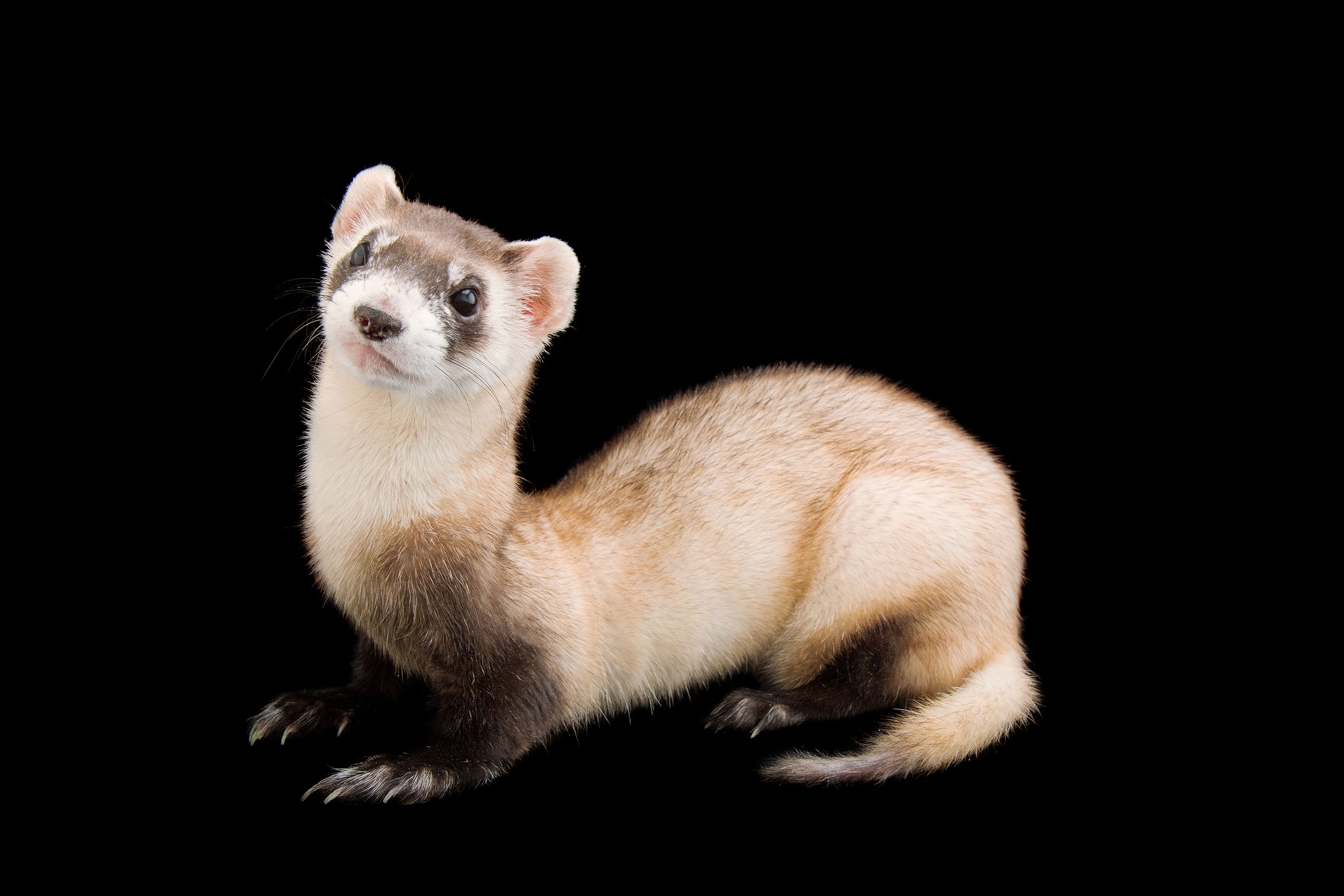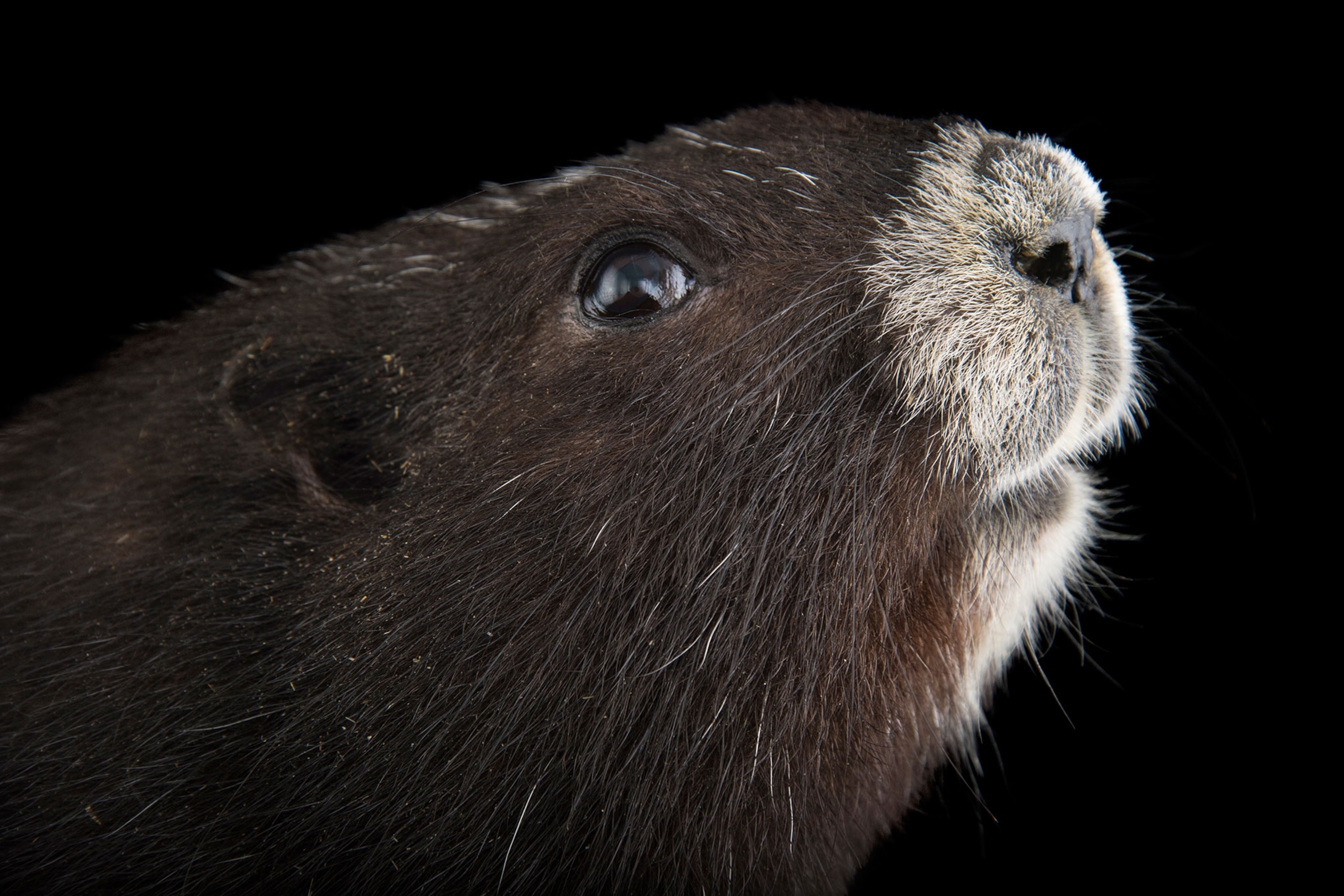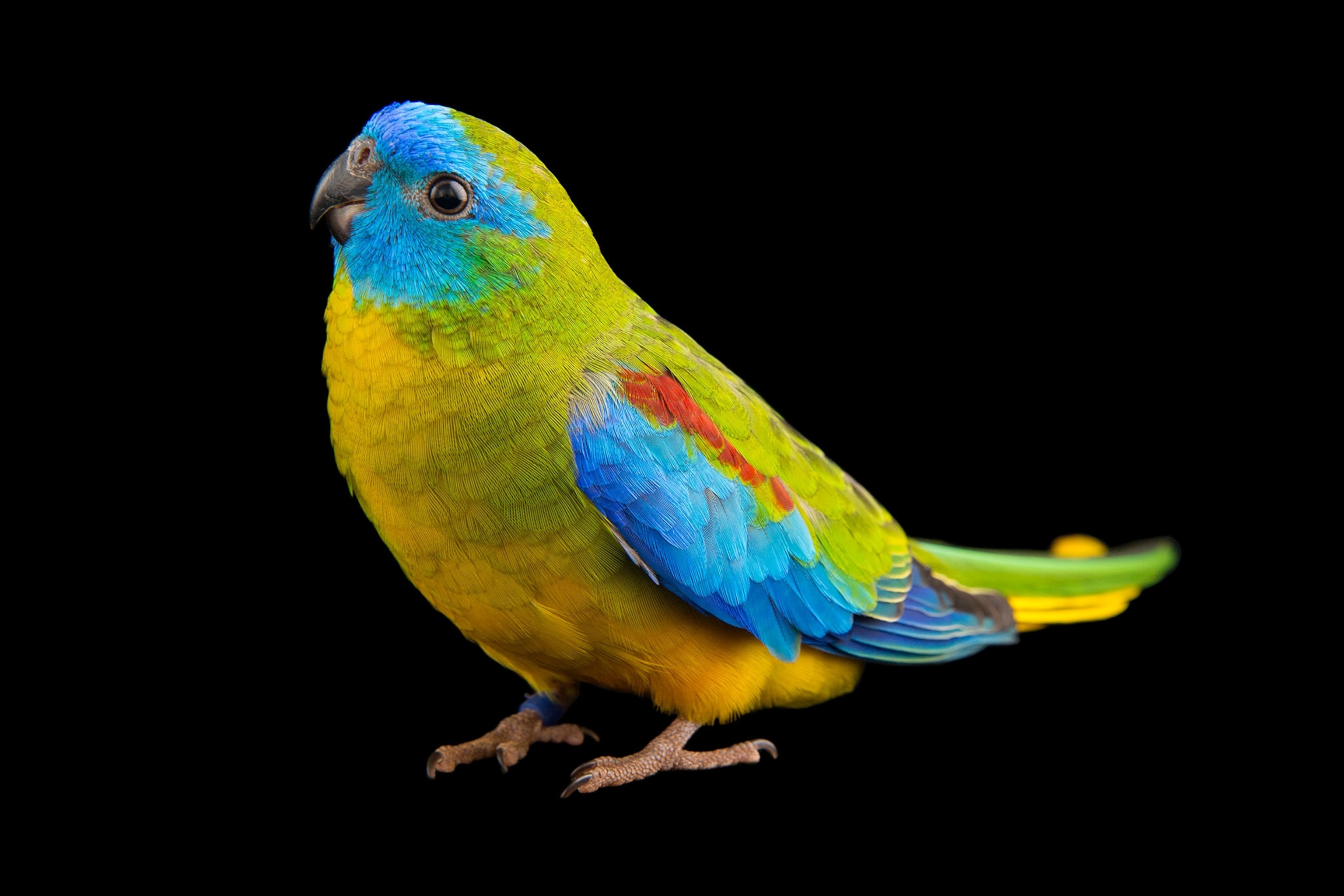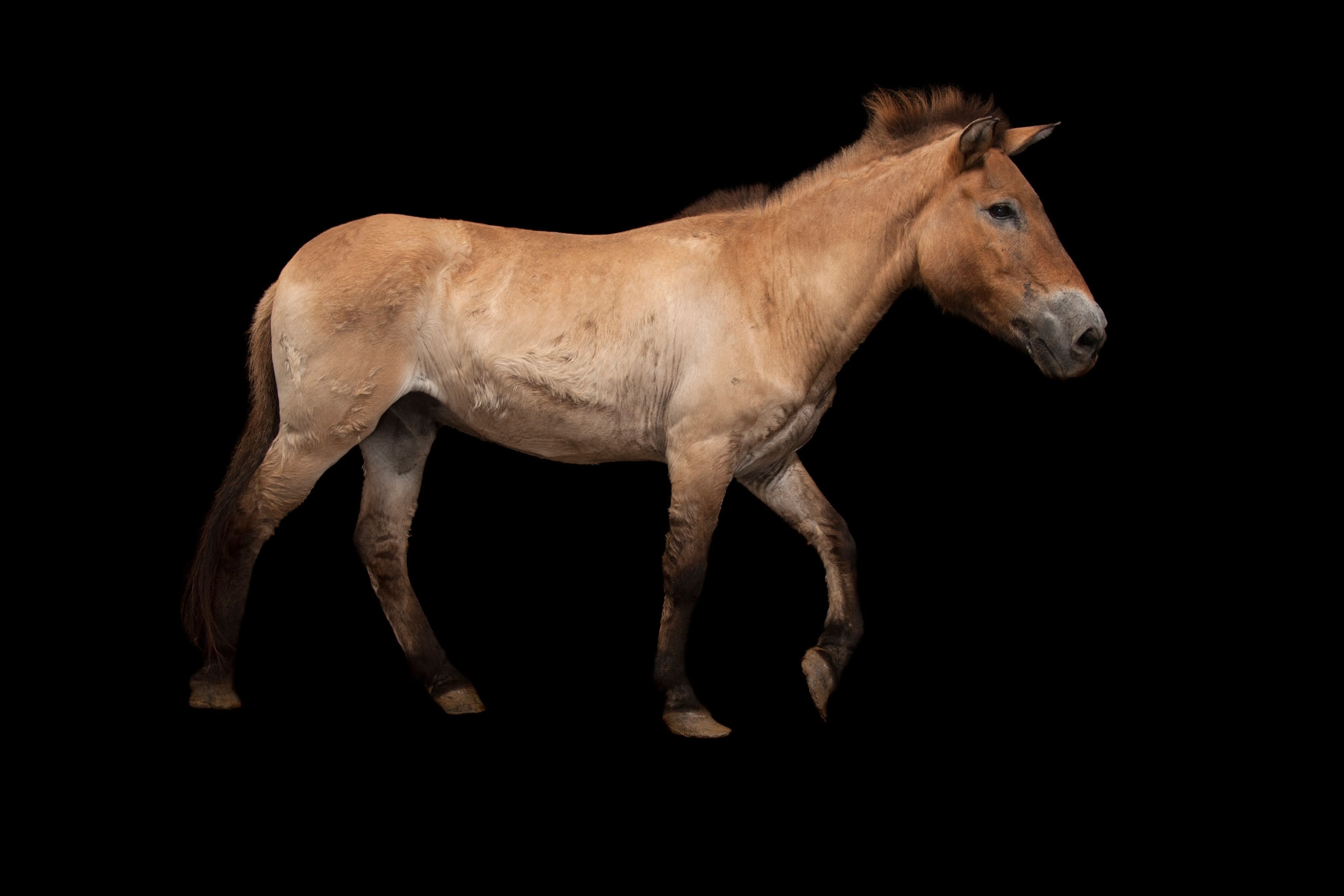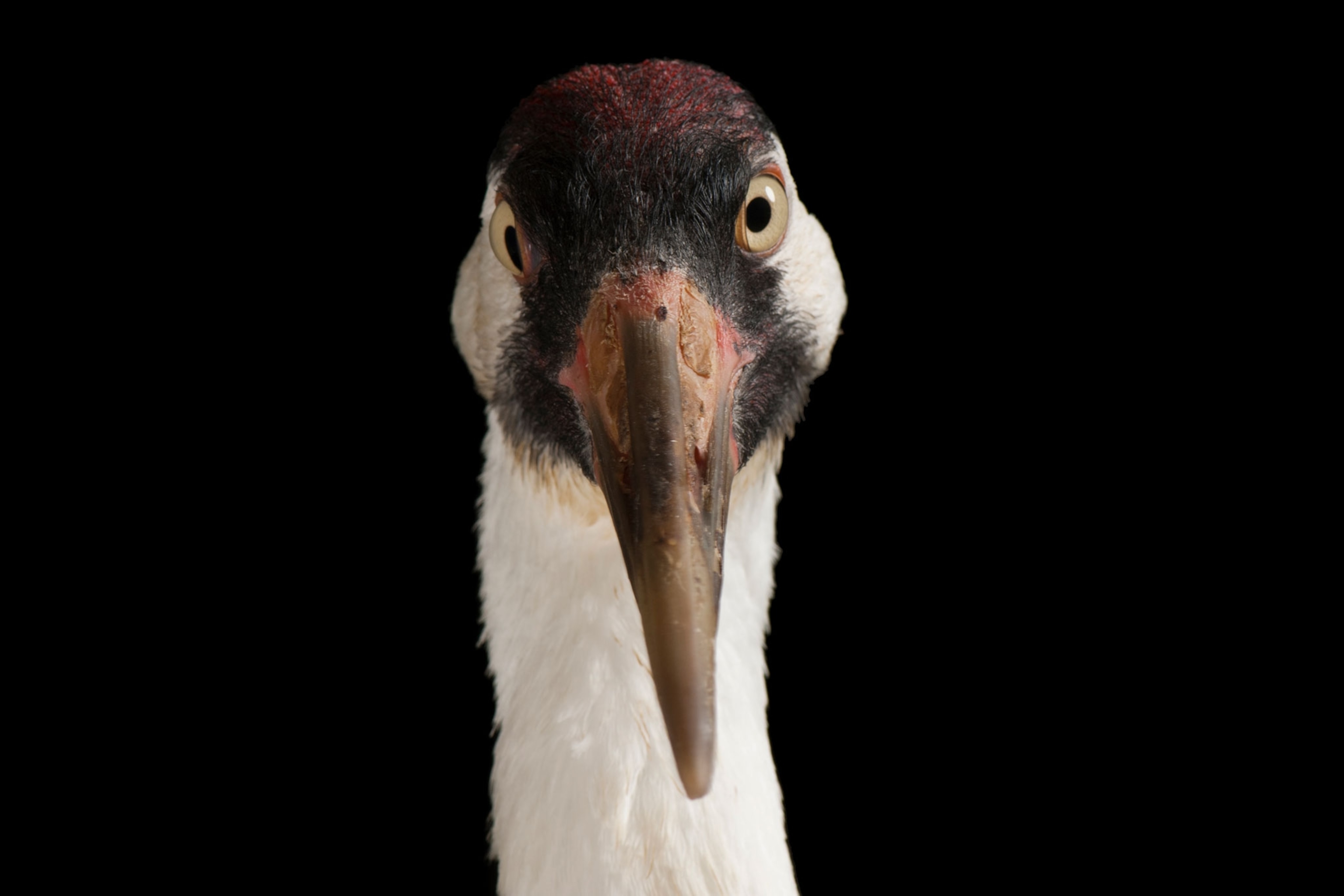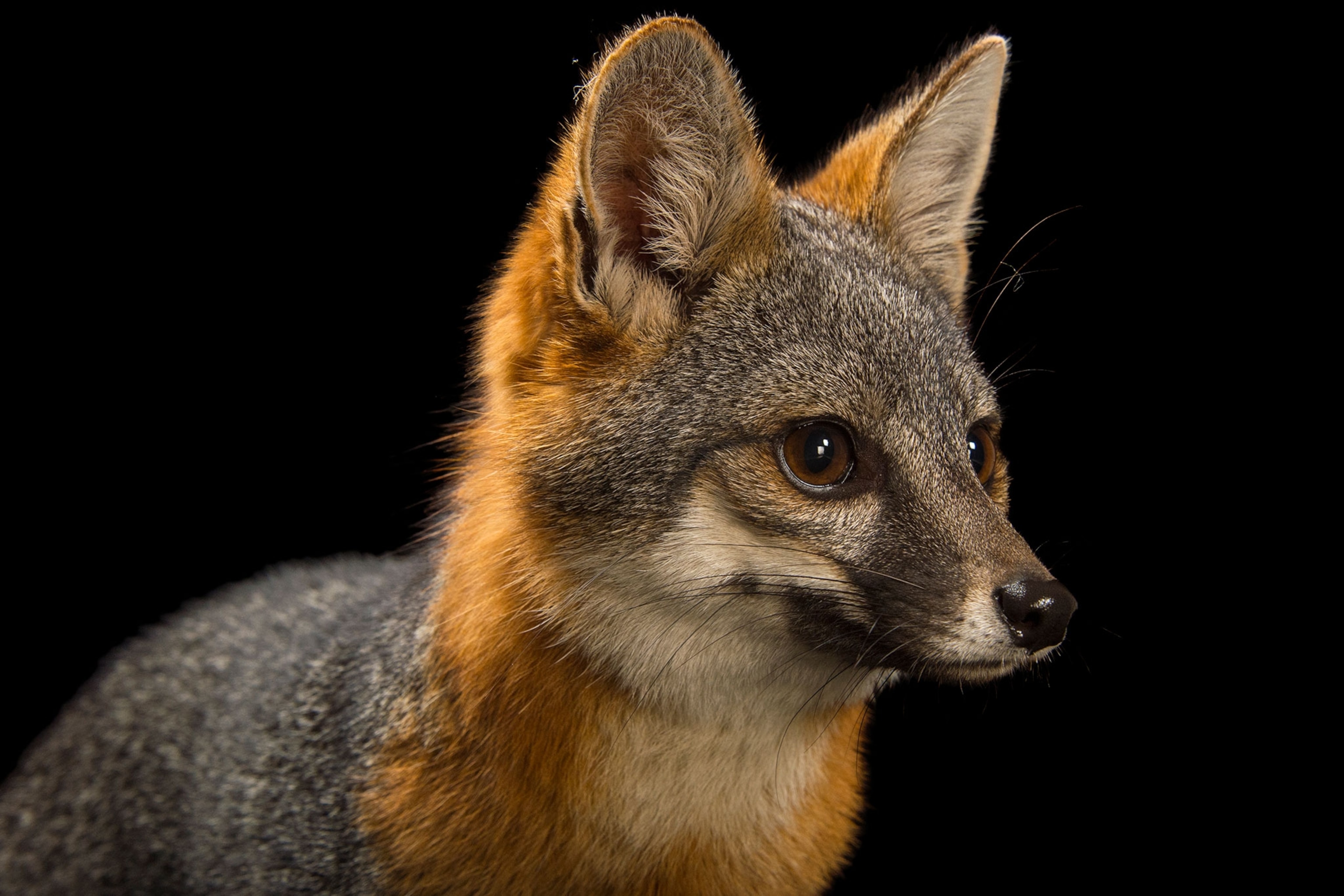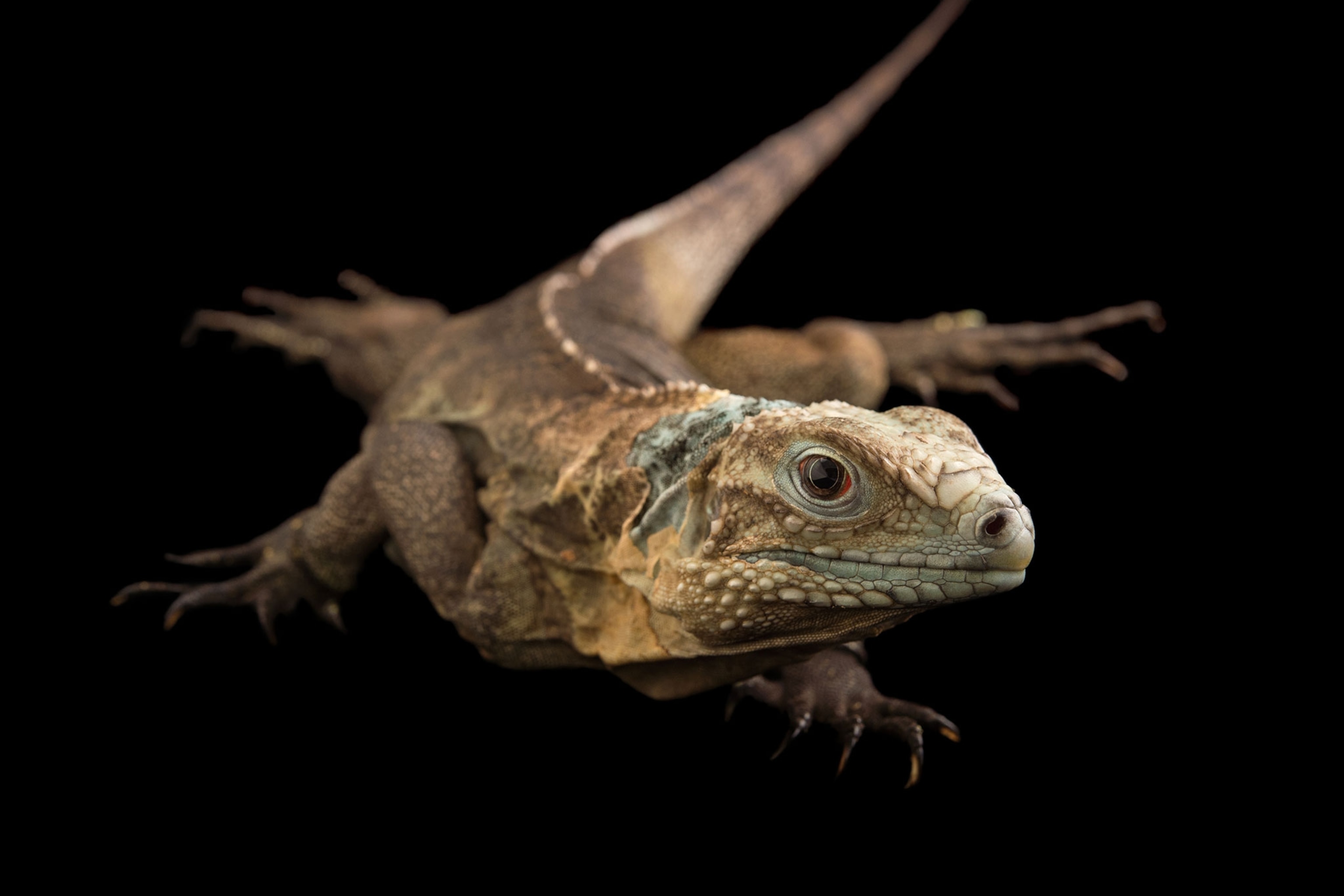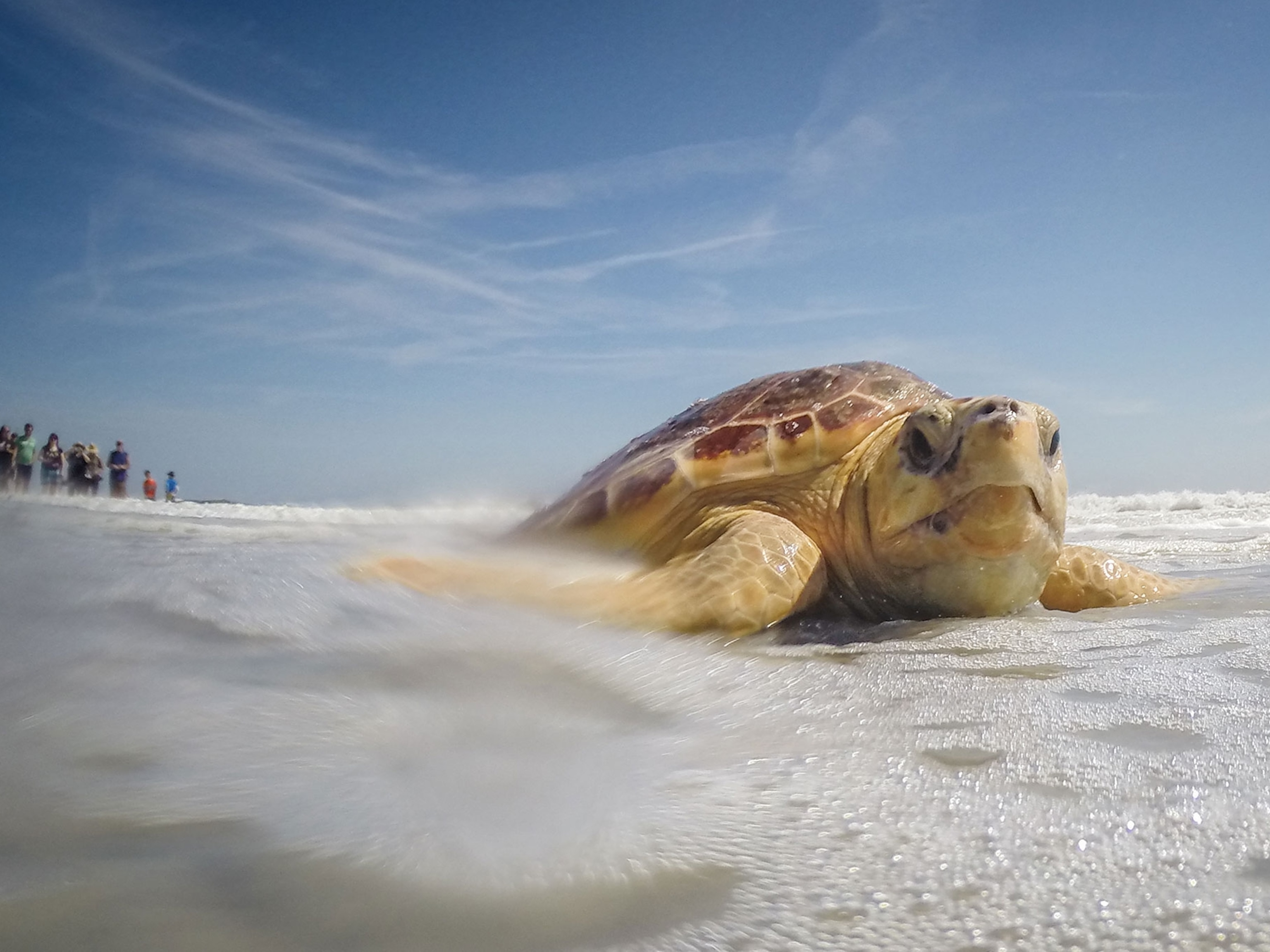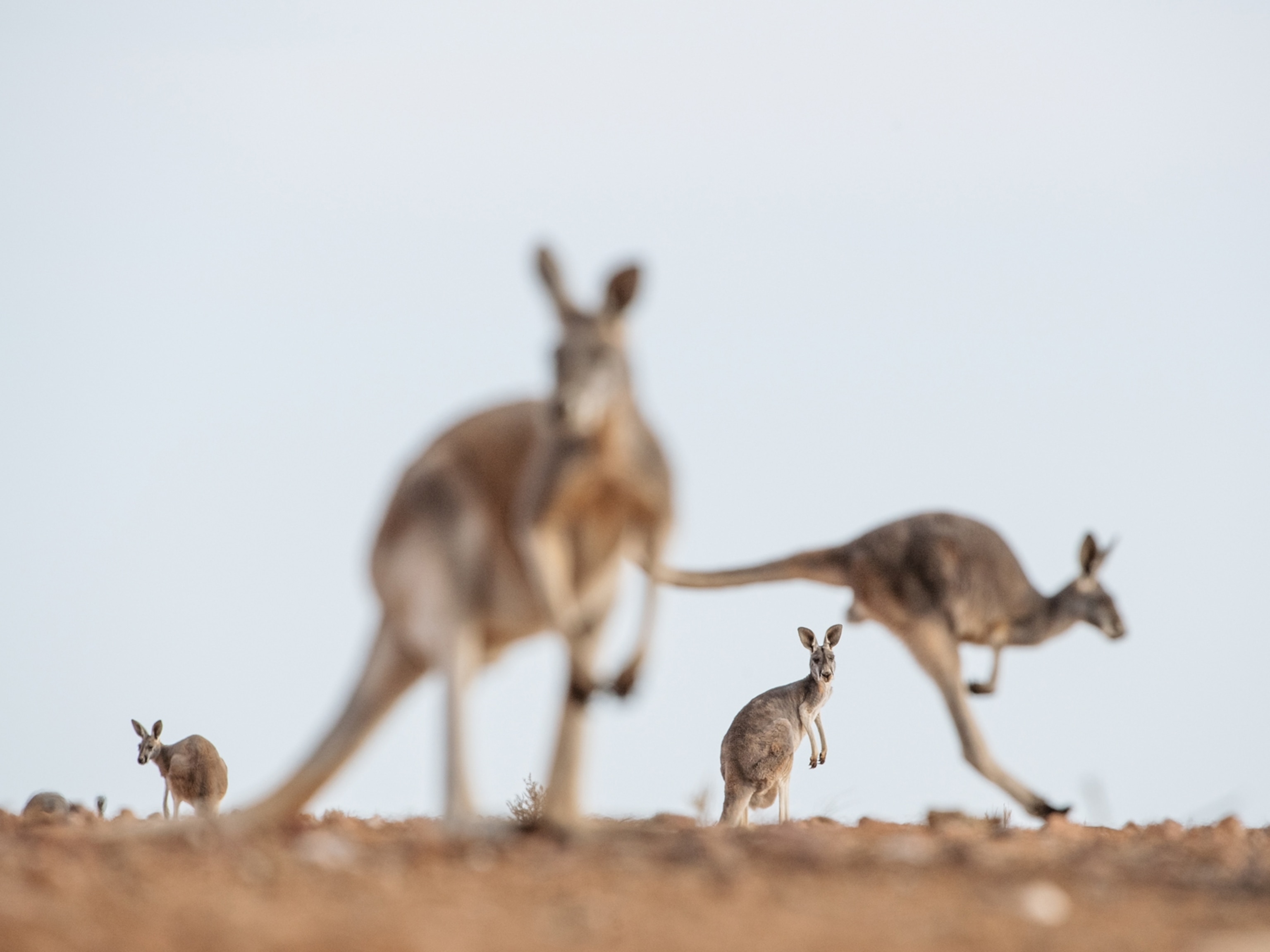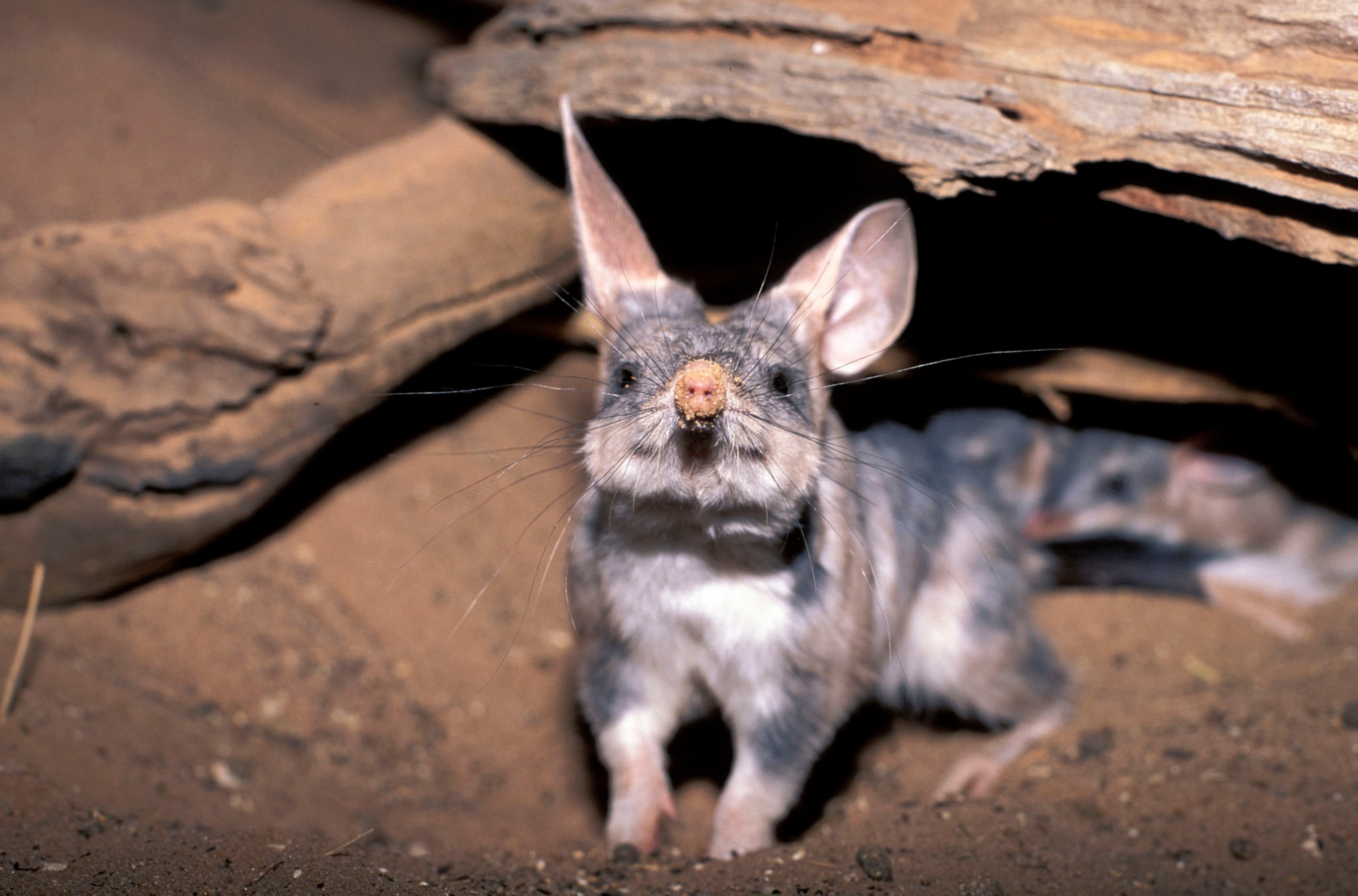
Meet the bilby, Australia's own 'Easter bunny'
The greater bilby, a threatened marsupial with rabbit-like ears, digs burrows that provide habitat for dozens of species, a new study says.
Australia’s own “Easter bunny,” a burrowing marsupial with rabbit-like ears, is even more crucial to the ecosystem than we thought.
The greater bilby (Macrotis lagotis), also known as the rabbit-eared bandicoot, is a desert-dwelling creature that once occupied over 80 percent of the continent.
But due to decades of decline—driven largely by habitat loss and predation by cats, foxes, and other introduced species—bilbies now only exist in a handful of remote regions in Western Australia, Queensland, and the Northern Territory. The International Union for Conservation of Nature and the Australian government consider the animal vulnerable to extinction.
Australian conservation groups such as the Foundation for Rabbit-Free Australia and Save the Bilby Fund have encouraged public awareness of the species by promoting the Easter bilby as an alternative to the Easter bunny. (See “How the World Celebrates Easter in 15 Spectacular Photos.”)
Although the campaign has seen a number of successes, including mass production of Easter Bilby chocolates, conservationists should up the ante, says Stuart Dawson, a zoologist and research associate at Murdoch University in Western Australia and lead author of new research on bilbies.
That’s because these small animals’ deep, spiraled burrows provide refuge for at least 45 different species—including the yellow-spotted monitor lizard and the highly venomous king brown snake, according to his study, published in March in the Journal of Zoology.
See 10 Animals That Bounced Back from the Brink
The study adds increased urgency to protect the greater bilby, Dawson argues: If the bilby population continues to plummet, it could jeopardize the survival of the scores of species that shelter in their burrows.
The benefits of bilbies
Bilbies live in notoriously inhospitable regions of Australian outback, where temperatures can reach 104 degrees Fahrenheit and wildfires are a regular occurrence. Bilbies shelter themselves from these environmental extremes by spending most of their time in burrows nearly seven feet deep. (See “Extinct' Marsupial Rediscovered in Parts of Australia.”)
By building these holes in what would otherwise be a largely flat and featureless landscape, bilbies transform the outback into an oasis for wildlife, says Dawson.

In 2014, Dawson set up motion camera traps outside 127 bilby burrows in the northern region of Western Australia to determine how many species take advantage of these subterranean shelters. Over the next two years, his cameras photographed hundreds of birds, reptiles, and mammals entering and foraging outside of bilby burrows.
Dawson suspects that the animals observed inside the burrows were using them to escape predators and stay cool.
“This study really highlights the fact that if you lose the micro-habitats that bilbies provide, other species in the ecosystem become more susceptible to predators, temperature extremes, and other forces,” says Brendan Wintle, professor of conservation ecology at the University of Melbourne, who wasn’t involved in the study.
Despite their small size, bilbies are capable of digging several burrows a day, which also aerates the soil and makes their ecosystem more hospitable to plant life, Wintle adds.
“Not only are they crucial for the conservation of other animals, but they are also crucial for the identity and the preservation of the entire ecosystem,” Wintle says.
Bilbies over bunnies
The new research has made Kevin Bradley, CEO of Save the Bilby Fund, more determined to conserve the species. (Read about a new bilby species named after Jane Goodall.)
“If we save the bilby, we will also be saving many other [species] that are less charismatic but none the less important. Australia has an appalling extinction record, and I am determined to not let the bilby join this list on my watch,” Bradley says.
Bradley isn’t alone: This month, the Australian government released a preliminary version of their latest bilby recovery plan, which outlines plans to improve the country’s control of invasive species, restore bilby habitat, and promote management of the species through partnerships with Aboriginal communities.
However, it may be several years before these plans are implemented. In the meantime, Australians who care about the bilby and other native species should continue celebrating it—even beyond Easter, says Sally Box, Australia's Threatened Species Commissioner. (Read why Easter is so bad for pet bunnies.)
